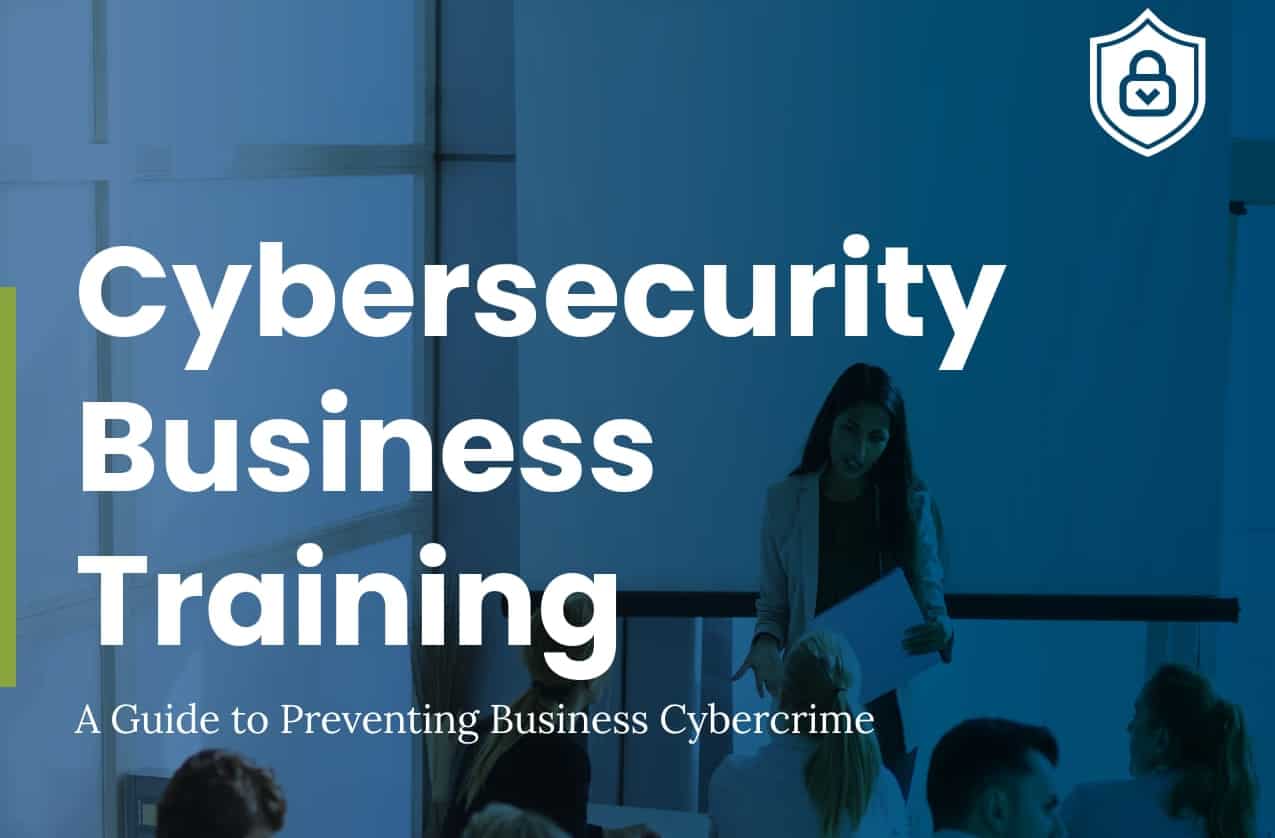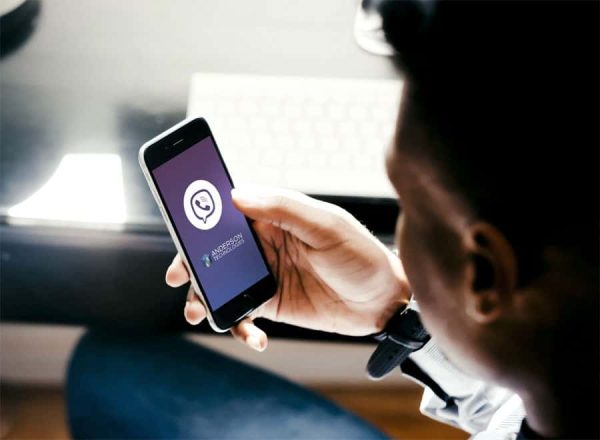Updated for 2023! Our Most Popular Ebook

Is your business one click away from disaster? When it comes to cybersecurity, your defenses are only as good as your employees. Even a well-meaning click could provide network access to cybercriminals. What can you do about it? At Anderson Technologies, we know the importance of employee training as a vital part of your business […]
Byte-Size Tech: Employee Training Can Make Or Break Your Cybersecurity

https://vimeo.com/509920559 Mark Anderson and Libby Powers chat about the importance of employee training when it comes to your business’s cybersecurity. Even the most protected network is vulnerable when bad actors are unwittingly given access. Libby shares a personal story of getting phished, and the consequences of a single click. Related Reading Free Ebook: Cybersecurity […]
Are You Ready to Go Phishing?

Phishing and spear-phishing emails are an ever-present problem to businesses, and the criminals are only getting better at fooling people. Understanding and being able to spot phishing and spear-phishing emails is a vital part of employee training at Anderson Technologies. But reading about how to spot them and actually spotting emails are different things. Worse yet, […]
Cyber Security Training for Employees: What Does Common Sense Mean?

The new year is here, and a useful resolution for every small business is training employees on how to stay safe online. Many small businesses rely on their employees’ common sense when it comes to password creation, email threats, and avoiding unsavory websites, but what exactly is common sense in cyber security terms? Someone untrained […]
St. Louis IT Company Anderson Technologies Launches Onsite Cybersecurity Training for Its Clients

St. Louis IT company Anderson Technologies is committed to educating its clients, as well as St. Louis at large, about cyber security and IT best practices. As part of that mission, it is offering cyber security training workshops in which participants learn how to protect their computer systems from cyber attacks. Small business owners have […]
A Guide to Employee Cyber Security Training

When it comes to small business cyber security, you could be doing everything right, but it just takes one wrong click from a well-meaning employee to undo all your hard work. Here’s what to cover during business cyber security training for your team. One of the most overlooked steps to small business cyber security is […]
The Small Business IT Checklist for New Hires

Make sure your new employees are productive from day one by checking all the boxes on this IT to-do list. Finding and recruiting the right talent is one of the most challenging and crucial components of running a small business. Once you’ve welcomed new members to your team, it’s important that they can hit the […]
Successful Business Owners Take Password Security Seriously

UPDATE: New guidelines from the NIST released August 2017 changed the way we all should look at passwords. Read our blog post regarding updated password recommendations by clicking here. Password security is a fundamental element of cyber security. Defending your business from cyber attacks is one of the most important safeguards needed to ensure your […]



